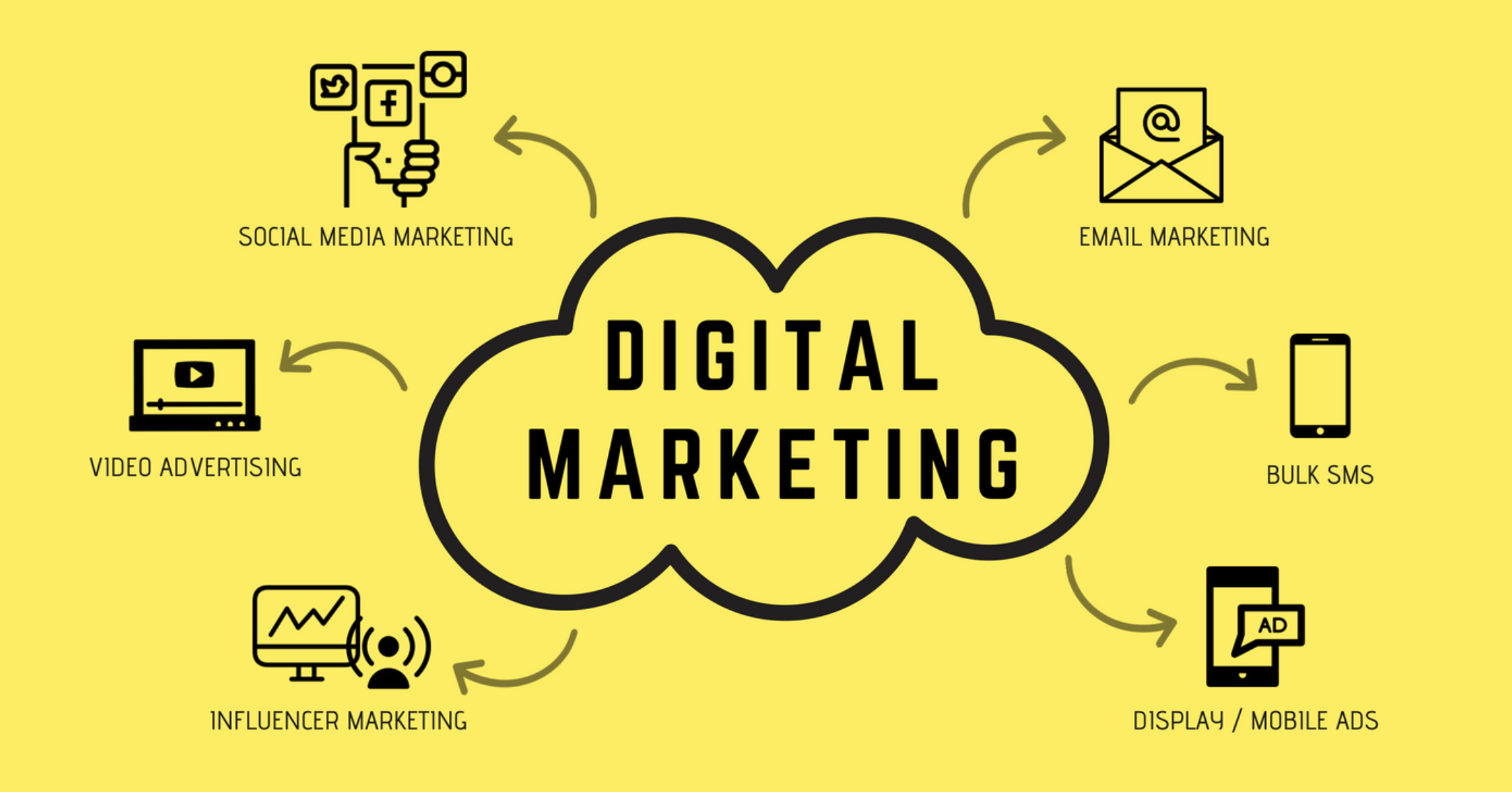Unveiling the Proficiency of The Ad Firm: Your Gateway to Exceptional Services
Wiki Article
Enhance Customer Experience and Drive Website Traffic With Responsive Web Style
In today's digital landscape, where users are accessing sites from a wide variety of tools, receptive internet layout has ended up being more essential than ever. With its capacity to adapt and perfectly adjust to different display sizes, responsive design not only boosts user experience but also drives traffic to your internet site.Why Receptive Website Design Matters
Receptive web style is a vital aspect of contemporary web advancement due to its capability to ensure optimum user experience throughout various gadgets and display sizes. With the proliferation of smart devices, tablets, and other smart phones, it has come to be important for websites to adapt and offer smooth functionality no matter of the gadget being made use of.The main reason receptive internet style issues is that it enables users to have a regular and delightful browsing experience, no matter the gadget they are utilizing. A receptive internet site automatically changes its layout, design, and material elements to fit the screen size and resolution of the gadget, ensuring that users can easily engage and browse with the site without any kind of inconvenience or frustration.
Furthermore, responsive internet layout likewise plays a significant role in search engine optimization (SEARCH ENGINE OPTIMIZATION) Internet search engine, such as Google, focus on internet sites that are mobile-friendly and responsive in their search results page. By including receptive design principles, sites can boost their presence and ranking, resulting in increased organic traffic and prospective clients.

Boosting User Interaction Via Responsive Design
Enhancing customer involvement is a key goal of responsive style, as it makes certain that users can quickly accessibility and connect with web site web content on any device. With the enhancing use smart devices and tablets, it is critical for websites to adapt to different screen sizes and resolutions. Responsive style makes it possible for websites to immediately readjust their format and material to offer a seamless individual experience across tools.One of the main means responsive style enhances user interaction is by reducing tons times. With a receptive web site, users don't have to await different mobile variations to tons, leading to quicker access to content. This better rate causes greater individual contentment and urges them to spend more time on the website.
In addition, receptive style enhances user involvement by boosting navigating and interface (The Ad Firm). When a site is designed responsively, food selections and switches are optimized for touch communications, making it less complicated for individuals to browse and engage with the site on their mobile phones. This user-friendly and intuitive experience maintains customers involved and encourages them to discover even more of the web site
In addition, receptive layout permits much better material exposure and readability. By adapting the design and font style sizes to different gadgets, receptive internet sites make certain that customers can quickly check out and recognize the content. This boosts user interaction by reducing the requirement for zooming or scrolling to review the text.
Boosting Website Website Traffic With Responsive Internet Layout
With the expanding popularity of smart phones, having a website that is responsive to different display sizes and resolutions is necessary for driving increased web traffic. In today's electronic landscape, users are accessing websites from a variety of tools such as smartphones, tablet computers, and desktop computer systems. Each of these gadgets has various display dimensions and resolutions, and if your web site is not made to adjust to these variants, it can cause a bad individual experience and a loss of prospective web traffic.
Receptive web style makes sure that your web site looks and works efficiently across all gadgets. By utilizing flexible grids, fluid pictures, and media inquiries, receptive layout allows your internet site to automatically readjust its navigation, format, and content to fit any type of screen size. This implies that customers will have a seamless surfing experience no matter whether they are making use of a big desktop computer or a little mobile phone computer system.
Crucial Element of Efficient Receptive Style
Efficient responsive layout includes numerous key elements that ensure a smooth individual experience across various devices. Among these elements is adaptable grids and designs. By using loved one units like percentages as opposed to taken care of systems like pixels, designers can create layouts that scale and adapt to fit various screen sizes. This allows content to be displayed in a understandable and visually attractive fashion on any type of device.An additional essential element is media questions. These allow developers to apply different designs and designs based on the attributes of the individual's tool, such as display size and alignment. By utilizing media queries, designers can enhance the discussion of material for each and every device, making certain that it is readable and quickly obtainable.
Receptive images are likewise critical in reliable receptive design. Images that are also large can slow down web page tons times on mobile tools, while images that are too small may appear pixelated on bigger screens. By using techniques such as responsive photo resizing and careless loading, designers can guarantee that pictures are appropriately sized and maximized for every device.
Finally, reliable responsive style includes a mobile-first technique. This means creating and prioritizing web content for smart phones initially, and afterwards enhancing the style and increasing for bigger screens. This approach ensures that the most crucial content is quickly obtainable on smaller displays, while still offering a rich experience on bigger devices.
Ideal Practices for Applying Responsive Website Design
Carrying out responsive website design calls for mindful factor to consider of various finest practices to make sure an ideal customer experience throughout different tools. Here are some crucial best techniques to adhere to when executing responsive internet layout.To start with, it is essential to prioritize mobile users. With the enhancing dominance of mobile phones, creating for mobile-first has actually ended up being necessary. Begin by designing for smaller sized screens and afterwards considerably boost imp source the design for bigger screens.

One more important ideal method is to maximize photos for different display resolutions. Large photos can reduce the loading time of your web site, particularly on smart phones with slower links. Usage receptive images that can be resized based on the tool's display resolution to enhance efficiency.
Additionally, examination your internet site on different devices and display sizes to make certain a seamless and consistent experience. There are different testing tools offered that can help you identify any kind of concerns and make necessary adjustments.
Last but not least, focus on usability and access. Make certain that your internet site is simple to browse, with succinct and clear content. Ensure that your website is accessible to individuals with handicaps and adheres website company to access guidelines.
Conclusion
In conclusion, receptive website design plays a vital role in boosting user experience and driving traffic to websites. By taking on responsive style concepts, sites can ensure optimum viewing experiences across various devices, resulting in enhanced individual interaction (Web Design). Responsive style can additionally add to higher site web traffic as it enhances search engine rankings and helps with very easy sharing of material. Organizations need to focus on carrying out the essential components and finest practices of responsive design to properly fulfill the demands of modern-day users.Maximizing customer involvement is an essential objective of receptive design, as it guarantees that customers can easily gain access to and interact with site web content on any type of gadget. Receptive design makes it possible for sites to automatically readjust their layout and material to give a seamless customer experience across gadgets.
Additionally, receptive design improves customer interaction by improving navigating and user interface.Receptive images are likewise important in reliable receptive style. By embracing responsive layout concepts, web sites can make certain ideal seeing experiences across different tools, leading to increased individual interaction.
Report this wiki page